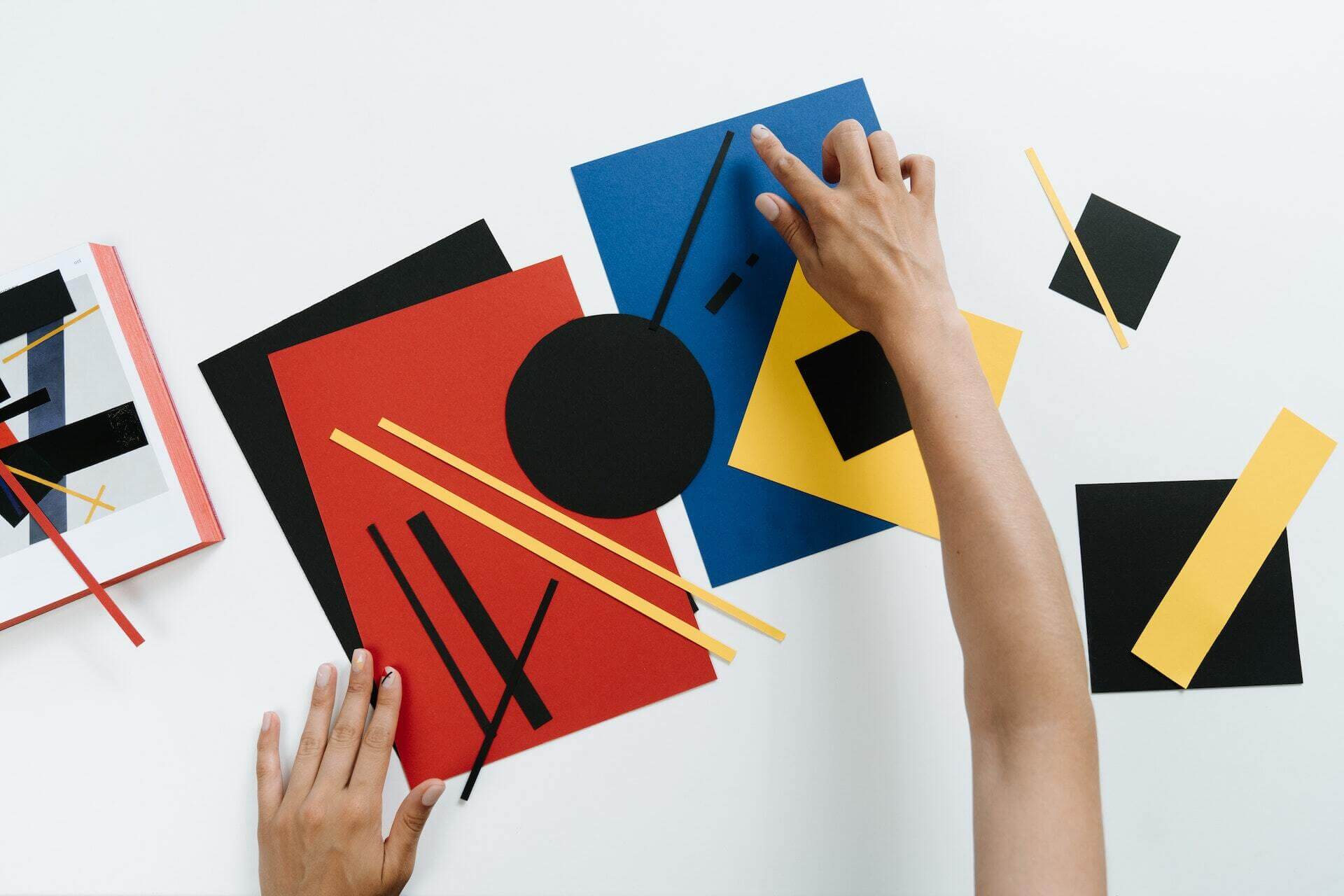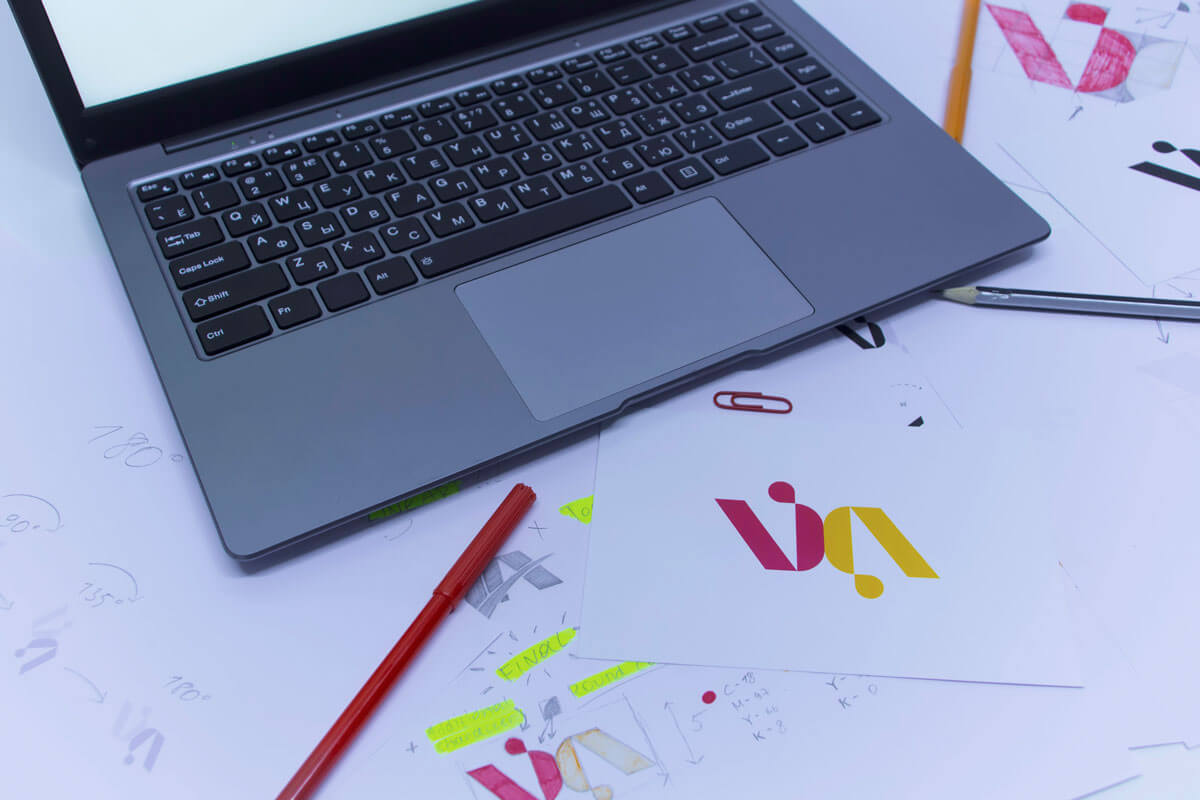Do you want to know how artificial intelligence (AI) is changing how websites are made today? In the current digital era, AI has swiftly assimilated into our daily life. Web designers can now automate operations and quickly resolve new complexity thanks to the always-developing technology. This blog article is all about the influence of AI technologies on contemporary site design and how experts use them to produce more effective, efficient solutions. Let's get started!
Traditional Web Design Process
The conventional approach to web design
The conventional approach to web design typically involves a series of steps to create a visually appealing and functional website. It begins with gathering requirements and understanding the client's goals, target audience, and desired features. This information is then used to create a sitemap and wireframes outlining the site's structure and basic layout.
Once the design is approved, web designers proceed to the development stage, where they write the code and integrate various elements such as images, text, and multimedia. Testing and debugging are conducted to ensure the website functions correctly across different browsers and devices. Finally, the site is launched, and ongoing maintenance and updates are performed as needed.
Need for innovation and automation in web design
Given the limitations of the traditional approach, there is a pressing need for innovation and automation in web design. By embracing new technologies such as artificial intelligence (AI) and automation tools, web designers can streamline workflows, increase efficiency, and deliver better results. Automation can expedite repetitive tasks such as generating code, resizing images, or optimizing layouts for different devices, allowing designers to focus on more creative and strategic aspects.
AI can assist in data analysis, user testing, and personalization, enabling designers to make data-driven decisions and create more tailored and engaging experiences. Also, innovation in web design tools and frameworks can enhance collaboration, facilitate rapid prototyping, and simplify the development process.
Role of AI in Web Design
How can AI assist web designers
With artificial intelligence (AI) being incorporated into various industries, it's not surprising that it's being used by web designers as well. AI can assist them in multiple ways, including automated design suggestions, image recognition, and data analysis. All these advantages help web designers save time and be more productive, allowing them to focus on more creative and strategic aspects of the industry.
Image recognition assists with optimizing images for better website performance, while data analysis helps designers make informed decisions regarding user experience.
AI algorithms generate data-driven design recommendations, making websites more effective and engaging. Web designers can iterate and experiment quickly, enabling faster design iterations and prototyping. This leads to improved user experiences, higher conversion rates, and increased customer satisfaction.
Examples illustrating AI applications in web design
AI-powered chatbots and virtual assistants are great examples of how technology has brought about remarkable changes.
Natural language processing algorithms analyze and optimize website content for search engines, which improves search engine rankings and visibility.
AI-driven image recognition and categorization algorithms organize visual content, simplifying content management processes. Also, AI tools can personalize user experiences by adjusting website layouts, content, and recommendations based on individual preferences and behavior.
AI Tools for Web Design

Responsive design
AI web design tools have revolutionized the concept of responsive design by automating the process of adapting websites to different screen sizes and devices. These tools use machine learning algorithms to analyze the content, structure, and user behavior patterns to adjust the layout of a website. They can automatically resize and reposition elements, optimize font sizes, and rearrange content to ensure optimal viewing experiences across desktops, tablets, and mobile devices.
Layout generation
By analyzing amounts of data and patterns from existing websites, AI algorithms can identify common design elements. Based on this analysis, they generate multiple layout options for designers to choose from. Designers can provide specific design guidelines or preferences, and the AI algorithms will generate layouts that stick to those specifications. This automated layout generation helps designers explore different design possibilities quickly and efficiently.
Color scheme selection
AI tools have significantly advanced in automating color scheme generation and selection for web design. These tools analyze color palettes, images, and user preferences. By extracting insights from different datasets, AI algorithms generate harmonious color schemes that complement the web pages’ branding, content, and target audience. Designers can input specific requirements or preferences, such as desired emotions or color associations, and AI tools suggest suitable color combinations.
Typography recommendation tools
AI-powered typography recommendation tools have transformed the process of selecting suitable fonts for web design. Like in color scheme selection, AI algorithms suggest typography options that align with the design objectives and content style. This streamlines the selection process and helps designers create visually appealing typography choices for their web designs.
Some AI Tools for Web Design
- Sketch2React: A great tool that converts design files from Sketch into fully responsive websites.
- Adobe Sensei: Adobe's AI technology offers tools and features to assist designers, such as auto-tagging images, content-aware cropping, and intelligent font suggestions.
- Framer X: Framer X uses AI to automate the design process, allowing designers to create interactive and responsive components without having to write codes.
- The Grid: This AI-powered tool analyzes content and automatically generates a visually aesthetic website layout based on the given inputs.
- Webydo: Webydo uses AI to enable designers to create websites with pixel-perfect precision and automatic code generation.
- Wix ADI: Wix's Artificial Design Intelligence (ADI) tool creates personalized website designs based on user input, allowing for quick and easy website creation.
Content Creation and Optimization
AI tools for generating content and copywriting
You've probably heard of AI powered tools like Jasper, OpenAI's GPT-3, and Copy.ai before.
Some web designers use these or other Ai tools to assist them with creating and copywriting processes. These tools use natural language processing, also called NLP, algorithms to analyze amounts of text data and generate human-like content. They can generate blog posts, product descriptions, social media captions, and other types of content based on input prompts or desired parameters.
Optimization of content for search engines using AI techniques
AI-powered tools can analyze search engine algorithms and user search patterns to identify relevant keywords and optimize content accordingly. They also provide insights into keyword usage, content structure, and metadata optimization. With AI-driven content optimization, web designers can improve their website's visibility in search engine results, attract organic traffic, and improve their overall search engine optimization (SEO) strategies.
User Experience (UX) Improvement
AI-driven tools for analyzing user behavior and preferences
AI tools have transformed how designers analyze user behavior and their preferences. By identifying patterns and trends in user behavior, AI algorithms provide valuable insights into user preferences, pain points, and areas of improvement. This is where web designers can benefit from this information to make data-informed decisions, optimize user flows, and address usability issues.
Personalization of user experiences with AI
To produce customized experiences, AI-powered systems gather and evaluate user data, including demographics, previous activity, and preferences. These solutions can modify website layouts, content suggestions, and product recommendations based on unique user profiles. Personalization builds user connection and relevance while improving user engagement and conversion rates.
Challenges and Ethical Considerations
Potential Challenges and Limitations of AI Tools
While AI tools bring numerous benefits to web design, they also come with potential challenges and limitations. One challenge is the lack of contextual understanding. AI algorithms may struggle to understand the subtleties of human emotions, cultural nuances, and subjective aesthetics, which can impact the quality of design recommendations.
AI tools heavily rely on training data; if the data is biased or incomplete, it can result in biased design suggestions.
Another limitation is the risk of overreliance on automation, potentially stifling creativity and the human touch that makes designs unique.
Ethical considerations related to AI-powered web design
The rise of AI tools in web design raises important ethical considerations. Privacy is a significant concern when collecting and analyzing user data to personalize experiences. Transparency in data usage and obtaining user consent becomes necessary.
Another ethical consideration is the potential for algorithmic bias. If AI tools favor certain demographics or perpetuate stereotypes, it can lead to exclusionary or discriminatory designs. It is important to ensure fairness and inclusivity in design recommendations.
Also, there may be concerns regarding job displacement, as AI tools automate tasks previously performed by humans. Addressing these ethical considerations is essential to build trust and ensure AI's responsible and ethical use in web design.
Importance of human oversight in AI-assisted design
While AI tools offer valuable assistance in web design, human oversight, and creative input remain vital. Design is a multidimensional process that goes beyond the technical aspects. Human designers bring unique perspectives, empathy, and artistic sensibilities that contribute to exceptional designs. AI tools should be viewed as collaborators rather than replacements for human designers. Human oversight helps to ensure the appropriateness and accuracy of design recommendations, mitigate bias, and make subjective judgments. Creative input allows designers to infuse their expertise, intuition, and innovation into the design process, resulting in designs that truly resonate with users.
Future Trends
The Future of AI in web design
The future of AI in web design seems promising as it continues to revolutionize how websites are created and optimized. AI-powered tools and algorithms are becoming increasingly sophisticated, allowing designers to streamline workflows and produce highly personalized and engaging user experiences. One key area where AI is making significant strides in automated design generation. With machine learning algorithms, AI can analyze amounts of data, user preferences, and design principles to create visually appealing layouts and templates. This not only saves time for designers but also allows for greater customization and adaptability.
We can expect even more intelligent and intuitive web design solutions that improve user satisfaction and drive business growth as AI technology advances.
Anticipated advancements and emerging trends
Looking ahead, several exciting advancements and trends are expected to shape the future of AI in web design. One significant trend is integrating natural language processing (NLP) capabilities into web design tools. NLP enables designers to interact with AI systems through voice commands or text inputs, making the design process more intuitive and efficient.
Another emerging trend is the use of AI for dynamic and real-time personalization. AI algorithms can analyze user data in real time, allowing websites to adapt their content, layout, and user interface to cater to each visitor's preferences and needs.
AI-driven chatbots and virtual assistants are set to become more prevalent, providing enhanced customer support and personalized interactions. These assistants will utilize AI algorithms to understand and respond to user inquiries, helping businesses deliver a seamless and engaging user experience.
Conclusion
AI tools have become a fundamental component of modern web design due to their ability to create user-interactive experiences. While it is still important to understand the fundamentals of website building, AI tools can make complex processes more organized and efficient. With the proper integration and intelligent use of AI tools for web designers, they can easily benefit from cost savings and better customer satisfaction.
FAQs
How do AI tools for web designers impact modern web design?
AI tools improve workflows, enabling personalized experiences and improving user engagement. They automate repetitive tasks, provide data-driven insights, and assist in generating visually appealing layouts, resulting in efficient design processes and enhanced user satisfaction.
What are some examples of AI tools used in modern web design?
Some examples include AI-powered design generators that create customized layouts, natural language processing (NLP) tools for voice-controlled interactions, machine learning algorithms for personalized content recommendations, and AI-driven chatbots for better user support and engagement.
Are there any challenges or considerations when using AI tools in web design?
While AI tools offer numerous benefits, there are a few challenges and considerations to remember. Designers need to ensure the ethical use of AI, address potential algorithm biases, and balance automation with human creativity. Also, staying updated with evolving AI technologies and understanding their limitations is crucial for successful integration into web design processes.




